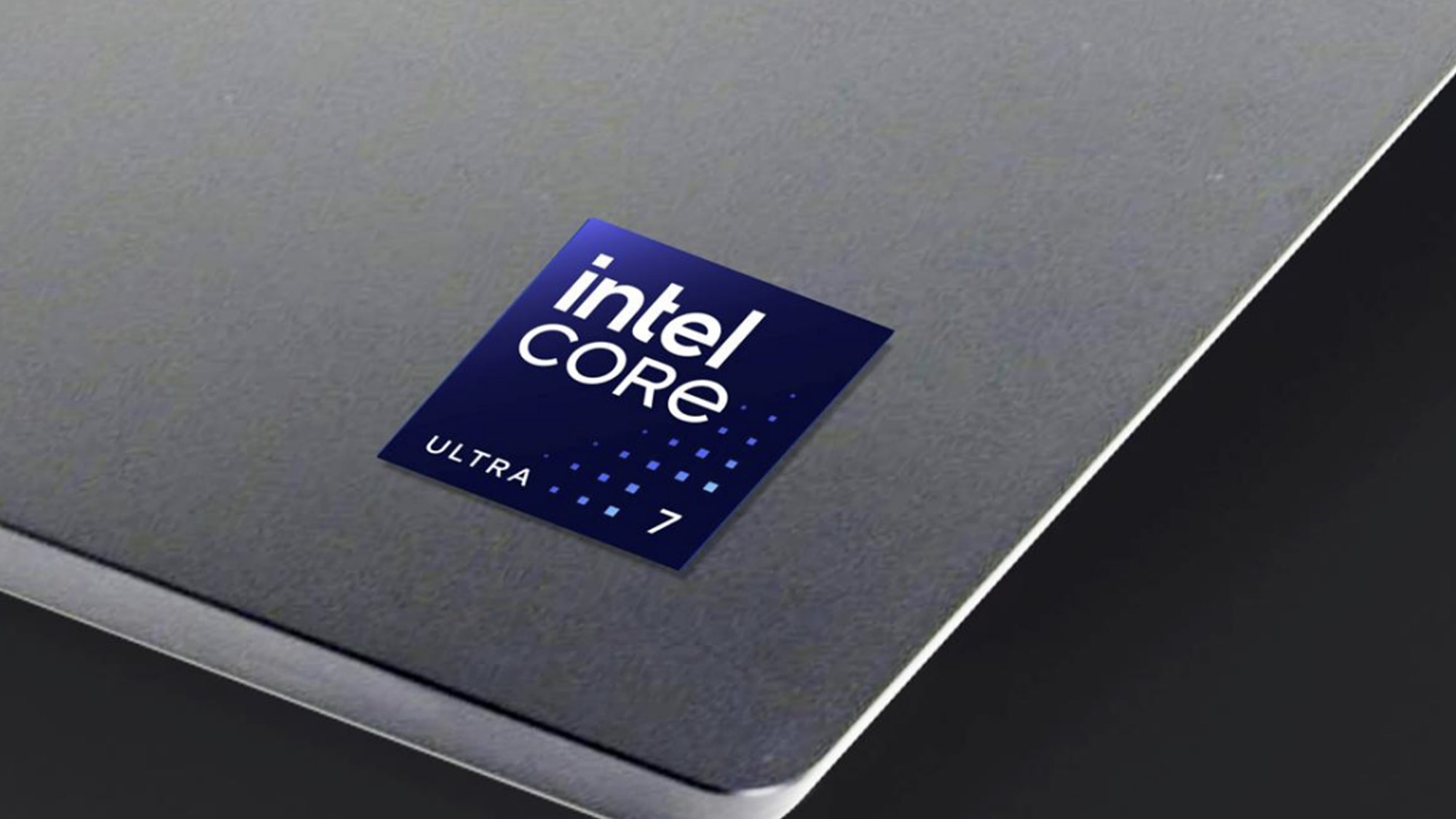Yet another leak suggests Intel Meteor Lake’s integrated graphics could replace discrete laptop GPUs
And future Steam Deck rivals might be made speedier by Meteor Lake CPUs too

Intel’s Meteor Lake processors, which are about to be unleashed in laptops, look pretty peppy going by a new leak – and they might power some excellent affordable gaming laptops and handhelds in the future.
Indeed, AMD might be worried about the challenge posed to its Ryzen Z1 Extreme chip which is the engine of choice for various popular gaming portables (like the Asus ROG Ally and Lenovo Legion Go).
The leak is a 3DMark gaming test where the Core Ultra 7 155H processor with integrated Arc Alchemist graphics is put through its paces (on Bilibili, plus a Cinebench score is provided).
As PC Gamer reports, this was flagged up by regular leaker HXL on X (formerly Twitter), and as ever, season rumors liberally.
Core Ultra 7 155HiGPU Time SPY Score + CB R23https://t.co/EnZ3xiERF4 pic.twitter.com/jCw4cZ6uWBDecember 8, 2023
We can see that the Core Ultra 7 155H (which has 6 performance cores and 8 efficiency cores) scores 3,339 in Time Spy (with a graphics score of 3,077 and a CPU score of 6,465).
How does that stack up to AMD’s Z1 Extreme? Our sister site PC Gamer ran a comparison and found the Asus ROG Ally (with Z1 Extreme) managed a Time Spy score of 3,150 (with its integrated RDNA 3 graphics scoring 2,834, alongside a CPU score of 8,574).
So, we can see that while the Z1 Extreme is a little ahead overall, and a great deal ahead in processor performance, the Intel Core Ultra 7 wins the battle of the graphics – the most important consideration for gaming, of course.
Sign up for breaking news, reviews, opinion, top tech deals, and more.
To some extent, the disparity in CPU performance may be down to the Intel chip only running on performance cores, and not bringing its efficiency cores into play – we don’t know what’s going on under the hood with this leak exactly.
Interestingly, the Cinebench R23 shows that AMD’s APU is around 15% quicker (for single and multi-core), so that’s not as much of a gap as the difference in CPU scores above – and at least suggests that things will be closer in this respect.
Analysis: Promising early signs
Whatever the case, overall processor performance looks to be a solid win for AMD, but in the graphics department, the Meteor Lake chip appears to have the edge. That’s exciting because the power of the on-board integrated graphics is crucial for budget gaming laptops and gaming handhelds alike.
And it’s promising given that the Core Ultra 7 is a 28W chip compared to the Z1 running at 30W (docked) in PC Gamer’s testing, so Intel’s silicon has a slight power advantage here.
That said, this is just a single synthetic test, and the bigger picture is inevitably focused on real-world gaming tests, and averaged multiple runs across different titles.
We’ll get the broader swathe of testing soon enough, but it looks like the Core Ultra 7 packs a good bit of graphics grunt in a reasonable power envelope – and of course, regarding the latter, battery life will be an important part of the equation for portable devices of all kinds.
You might also like
Darren is a freelancer writing news and features for TechRadar (and occasionally T3) across a broad range of computing topics including CPUs, GPUs, various other hardware, VPNs, antivirus and more. He has written about tech for the best part of three decades, and writes books in his spare time (his debut novel - 'I Know What You Did Last Supper' - was published by Hachette UK in 2013).